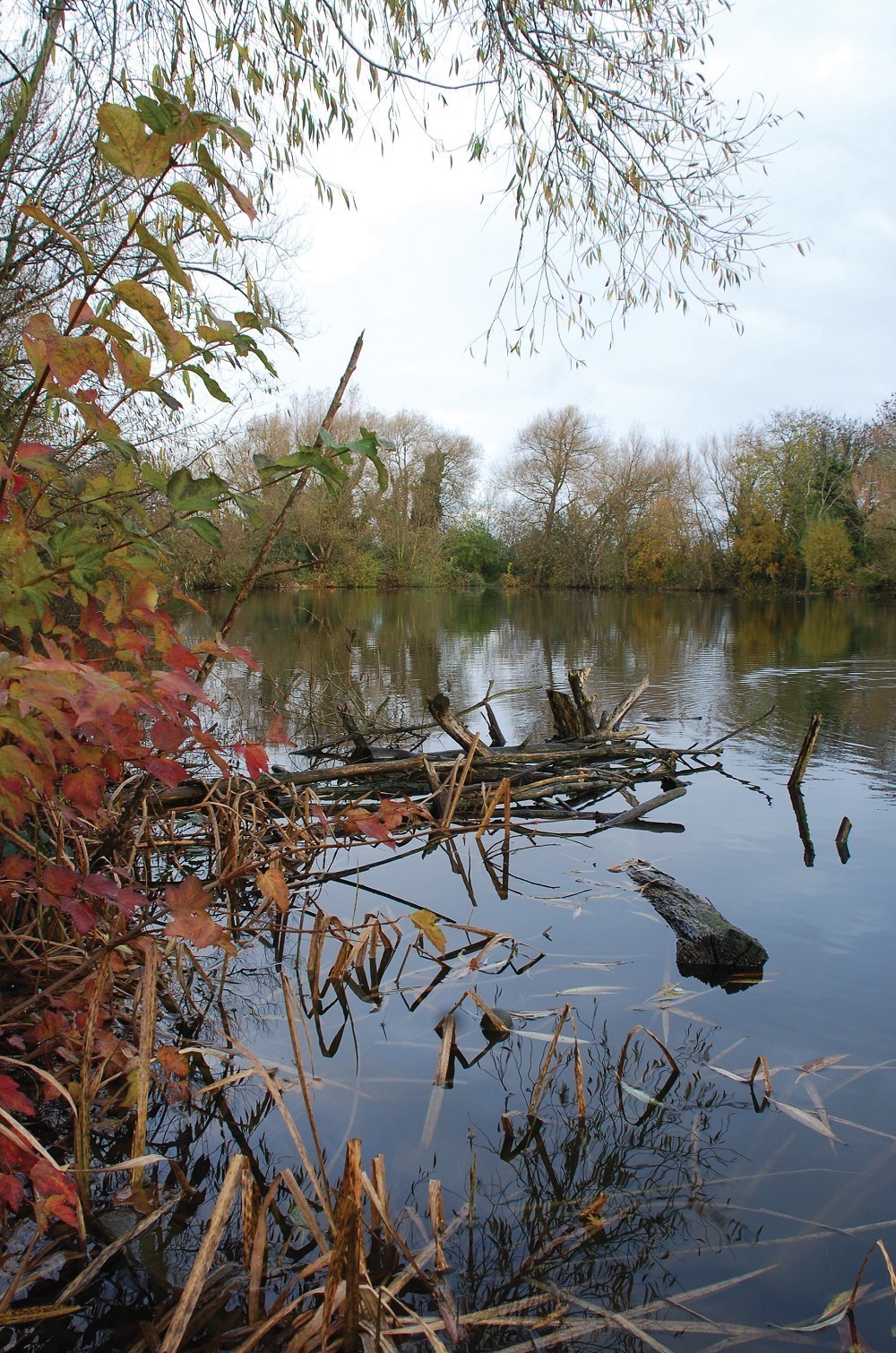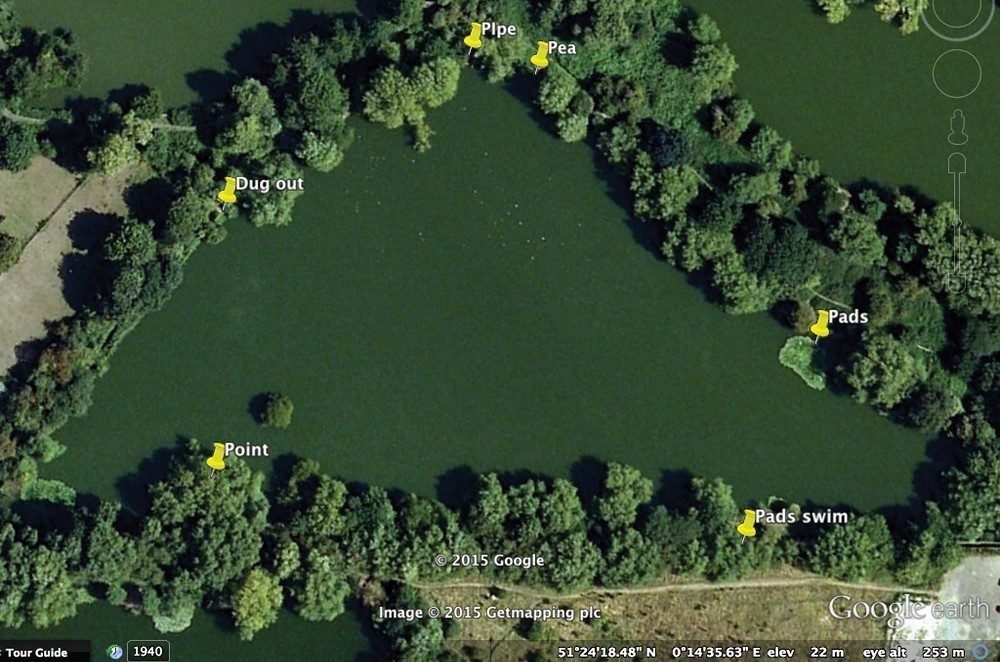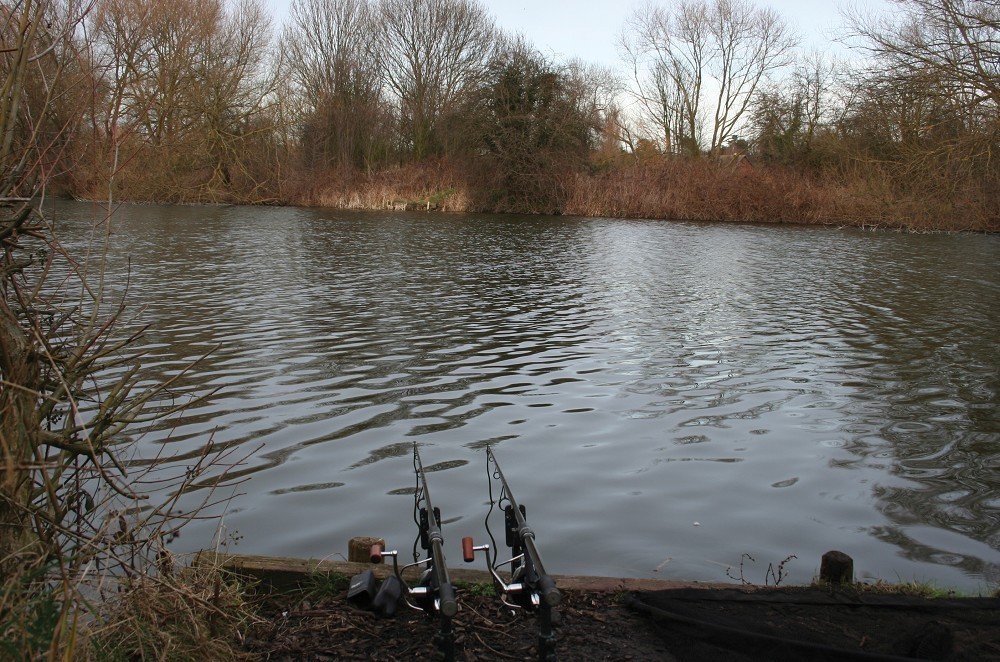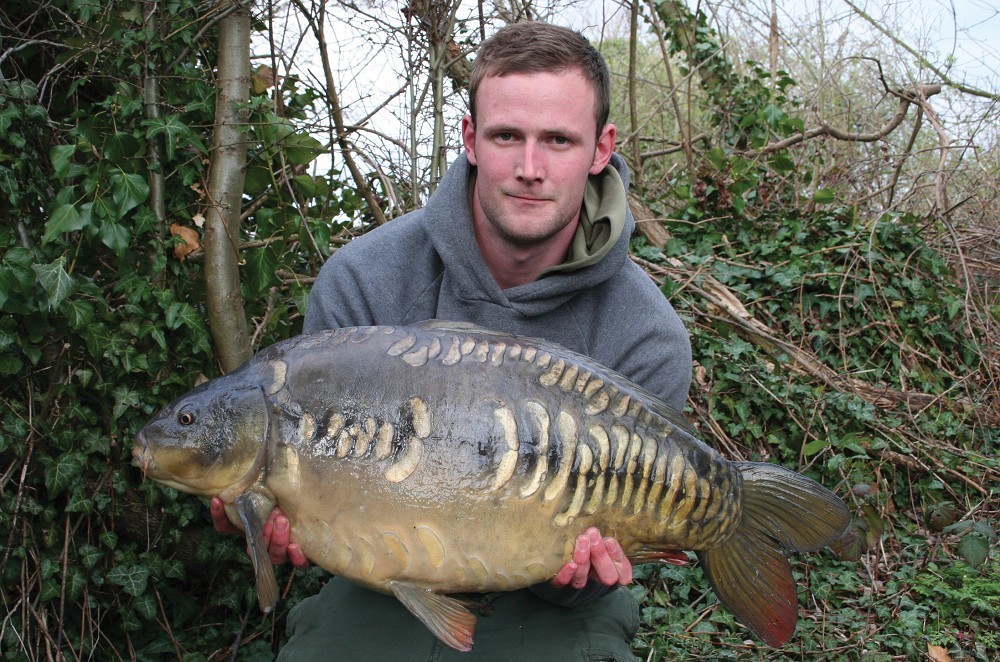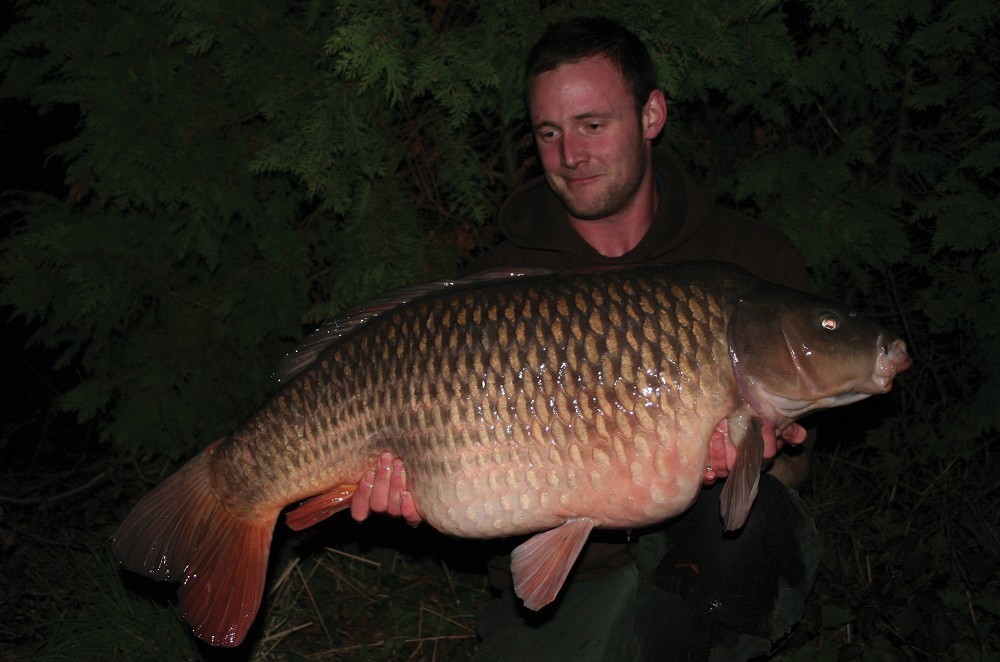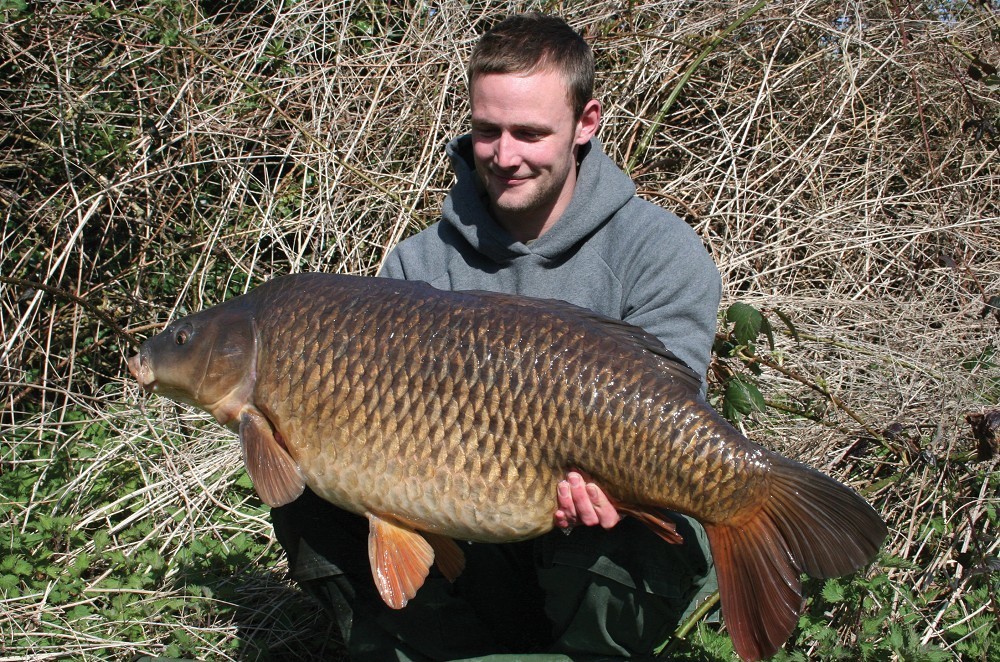How Darrell Peck conquered Sutton-at-Hone Lake 2
No bullsh*t, just good solid angling
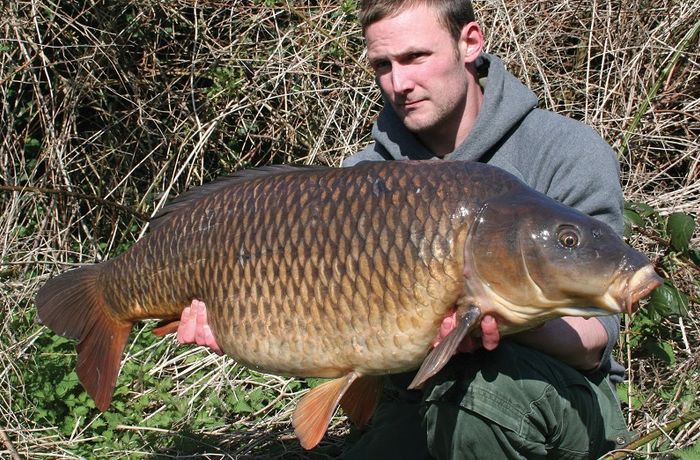
Our no-nonsense big fish angler, Darrell Peck, looks back at this time on the intimate Sutton-At-Hone Lake 2, revealing the four case points which he believes led to the downfall of the lake’s Big Common
A bit of lake background first
For those of you that have not heard of Sutton-at-Hone Lake 2 in Dartford, Kent, I’ll briefly describe it and then try to explain what made it what it was.
At the time 2008, Sutton was a CEMEX water and I am guessing here, but I think that it was a 50 man syndicate plus bailiffs. What was different to the norm though was that it had always been a day only water! Why? I am not entirely sure, but you were allowed in the car park at 3:50am and allowed walk on at 4am. You had to stop fishing at 10pm and be gone by 10:15pm. Fishing like this with any regularity is absolute brain damage and when you consider that the lake is right in the middle of a residential area and the reason given for no night fishing was that it would cause too much noise disturbance to local residents! Surely all the coming and going at stupid times of the day was more disruptive?!
Without night fishing, Sutton never really interested me. Yes, it had an enviable stock for such a small gravel pit: four-acres, 50ish carp with five highly desirable forties, but I looked at it as somewhere I’d fancy for a winter and I just didn’t fancy those relentless Dartford Crossings.
Well, that changed in 2008. CEMEX were struggling to fill the syndicate and they decided to open it for night fishing from November 1st until the end of March. Obviously this helped fill the syndicate and I too was all over that.
My first visit to Sutton was on a lovely sunny August day when I needed somewhere to go for a feature. I remember rolling up late after getting lost to meet a fresh-faced Mr. Armstrong. Obviously it wasn’t the sort of feature where I needed to catch one, I think it was just a technical piece, so I set-up away from the others that were angling and flicked them out anywhere. The feature didn’t take that long despite being constantly interrupted by countless 1-2lb bream. After James left, I decided I should at least try to catch a carp.
I packed up and had moved back down the lake towards the van when I came to a swim known as the Pads. There was a lovely northwesterly breeze blowing into the pads on the far bank that the swim was named after and it just looked good. ‘Why not’ I thought and to cut a long story short I bagged a 30lb common that evening. After bagging one so quickly I returned the next day to have another common of 25lb but the two days that followed passed without event and I decided to leave it until November like I had originally planned.
When I did return, my luck continued in the same vein and after a little run in with a bailiff after being caught off my rods, I caught one of the big girls a fish called Cluster at exactly 40lbs. To be honest I had little idea about the lake at this point, I was just winging it and had got lucky really, but in the weeks that followed I started to understand Sutton a little better and I suppose these pieces are more about ‘why’ than ‘what’ I actually caught.
Case point 1: Holding areas
Knowing very little about a lake at times is often a great advantage. No false or preconceived ideas about where the carp like to get, just pure and raw location based on the recent facts.
Very quickly, after catching that 40lber, I caught another 30lb+ mirror and obviously other anglers took note, meaning The Pads swim quickly had rods in it every night. The fish inevitably moved away from the pressure and the next couple of bites came from the far corner where the southwesterlies blew before this process repeated. Let’s face it: most anglers’ location is heavily influenced by where others are catching from. The fish seemed to want to hold up together where there was some cover over the winter and slowly it appeared they were mostly using just three areas that had some form of that. This realisation made the lake very small in my mind, as I completely wrote off the open water and by then adding in the angling pressure/weather conditions to the equation it seemed relatively easy to locate them without actually even seeing them.
The three areas they were favouring were amongst the dying pads in The Pads swim, in the snags in The Pea/Pipe Corner or under the trees in The Dugout swim where they would drift out into The Point swim’s water for a little graze occasionally. Now obviously this isn’t set in stone, this is just my interpretation.
After my early success in The Pads swim that autumn, I spent a couple more trips in there, without action. I did see a couple of shows right up the other end in The Snags in The Pea/Pipe Corner but before I really had time to think about it too much the lake froze. At this point I thought the action was finished to be honest, well a least until the back end of the season. These thoughts were completely misguided as soon after the thaw, a string of about 10 fish came out in a week. Amongst these was the lake’s Big Fully and you guessed it, it came from The Pads swim. I was a little disappointed with myself that I’d not carried on, as for all intents and purposes I’d simply ‘pussy’d out’. It was the kick-up the ass I needed to get myself up for the end of season push.
Case point 2: The bream
The more I thought about the bream population in Sutton, the clearer in my mind everything became. The lake had been poorly managed and was always muddy brown because it was completely overrun with thousands of ravenous starving bream. Obviously this was snowballing in effect where everything was successfully spawning each year in a lake that was for all intents and purposes run as 50 man carp syndicate. When lakes get to the point where the water is permently coloured because of over-population, there is almost no way back without draining it, and to my mind that’s what needed doing. To give you an idea of just how bad it was, it was almost impossible to fish in the middle/deeper water at all. If you fished with just boilies you would catch a handful of bream every night but try and put a mesh bag of crumb out or heaven forbid, spod some bits out you’d be lucky to sink your line before a little snotty had hung itself. I even once watched someone float fishing for live baits and his float never even had the chance to cock. I reckon you could have almost walked across Sutton such was the stock of bream!
Factoring this into the equation suggested to me there was almost no reason for the carp to venture from the snags to forage in the silt for food and to my mind they were starving almost, conserving energy sitting around doing nothing. So if they are sitting in the edges and they are obviously a serious competition for food, then there is an obvious answer: give them what they want… At this point, Sutton was already in decline, the lake had peaked years ago and as a result the baiting campaigns that had been in part responsible for the carp’s size were now a thing of the past.
Case point 3: “Post” baiting twice a week
Before I start banging on about baiting up, I want to stress that I am not just being the typical consultant here who writes about throwing kilos of boilies everywhere he goes just to impress a bait sponsor. If you have read much of what I have written in the past then you will know that’s not the case, especially in the winter and early spring. I genuinely believe the key to heavy baiting is to know when they want it.
At Sutton, pre-baiting was banned… but as Leroy Swan once said to me with a mischievous look in his eye, ‘If you’re throwing bait out before you leave, it’s actually post-baiting…” which to this day brings a smile to my face!
With this in mind, I started to put a plan into action for the remaining month of the season. The lake had a 48hrs on, 48hrs off rule, and to get the best from that I stopped fishing Monday and Tuesday nights. I started arriving on a Sunday and fishing until Tuesday morning when I would put out 3kg Cell boilies into either The Pads swim or The Pipe swim before I left. This allowed me to get back on it for a quick night Thursday whereupon I would fill it in again on the Friday morning ready for a Sunday arrival which without doubt became a massive edge.
Case point 4: Seeing the opening
Obviously when I arrived back in February I was drawn to The Pads swim as I had previously caught from there and obviously the Big Fully had come from there too. I took a common of 37lbs known as The Upfront after the first bait up but after this the pressure in that area got intense and they seemed to stop using it as much during the last month of the season. I dotted about here and there managing to pluck a couple but it wasn’t until I decided to bait The Pipe swim that it all came together.
The Pipe swim was rarely fished, as it was very tight and shared a corner with a much more popular swim called The Pea. The general rule was that if one was taken you didn’t fish the other and it appeared to me that the fish had worked this out. Every time one showed in this area it was always behind the snags from The Pea, basically where you could only get to from The Pipe.
After a few casts in this swim I’d located the money spot, just off the snags, rock hard and exactly where I’d previously seen them show. With that, the first bait up was done in the dead of the night with the aid of a baiting spoon on a long pole, super silent and stealthy, and during the first night of angling I had four commons all around 27-28lbs.
It was a Friday morning towards the very end of the season and I had one more session before the season closed. In the previous two seasons the lake’s Big Common had come from this corner during the last days of the season and with what had just happened I repeated the process by baiting the snags. Arriving back on the Sunday I slid back in there quickly landing a mirror of 28lbs known as Toast Rack and the following morning will forever be etched in my memory.
I recast fairly early on with a fresh rig making sure to get the perfect drop before placing the rod into the alarm. Within a couple of hours the sun was beaming into my corner and I was watching from behind a bush when I noticed a big brown fish come into view from behind an overhanging tree. I couldn’t make out if it was a mirror or a common but it was around 3ft long and slowly it crept towards the snags slowly dropping in the water until it vanished right over the rig. I remember staring at the rod when suddenly it hammered round in the rest. I was on it quick, holding on for all I was worth as it made a strong attempt to get into the snags.
Luckily my size 8 Choddy held firm and I managed to turn it just short of the snags, getting a glimpse of its common scales as it flipped over inches short of danger. From then on things were tense but straightforward enough and Sutton’s Big Common was mine.





